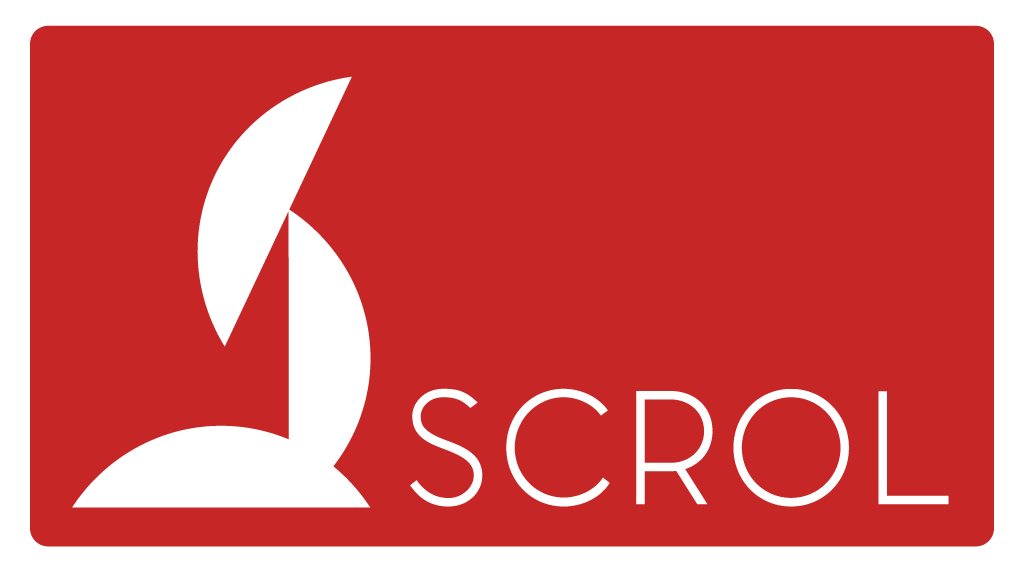Journal
This study investigates the metabolic responses of the model diatom Phaeodactylum tricornutum under different growth conditions, comparing benthic (adherent) and planktonic states. Using a multiblock metabolomics approach combining LC-HRMS2, NMR, and GC-MS techniques, we compared the metabolome of P. tricornutum cultivated on three laboratory substrates (glass, polystyrene, and polydimethylsiloxane) and under planktonic conditions. Our results revealed metabolic differences between adherent and planktonic cultures, particularly concerning the lipid and carbohydrate contents. Adherent cultures showed a metabolic profile with an increase in betaine lipids (DGTA/S), fatty acids (tetradecanoic and octadecenoic acids), and sugars (myo-inositol and ribose), suggesting modifications in membrane composition and lipid remodeling, which play a potential role in adhesion. In contrast, planktonic cultures displayed a higher content of cellobiose, specialized metabolites such as dihydroactinidiolide, quinic acid, catechol, and terpenes like phytol, confirming different membrane composition, energy storage capacity, osmoregulation, and stress adaptation. The adaptative strategies do not only concern adherent and planktonic states, but also different adherent culture conditions, with variations in lipid, amino acid, terpene, and carbohydrate contents depending on the physical properties of the support. Our results highlight the importance of metabolic adaptation in adhesion, which could explain the fouling process.

